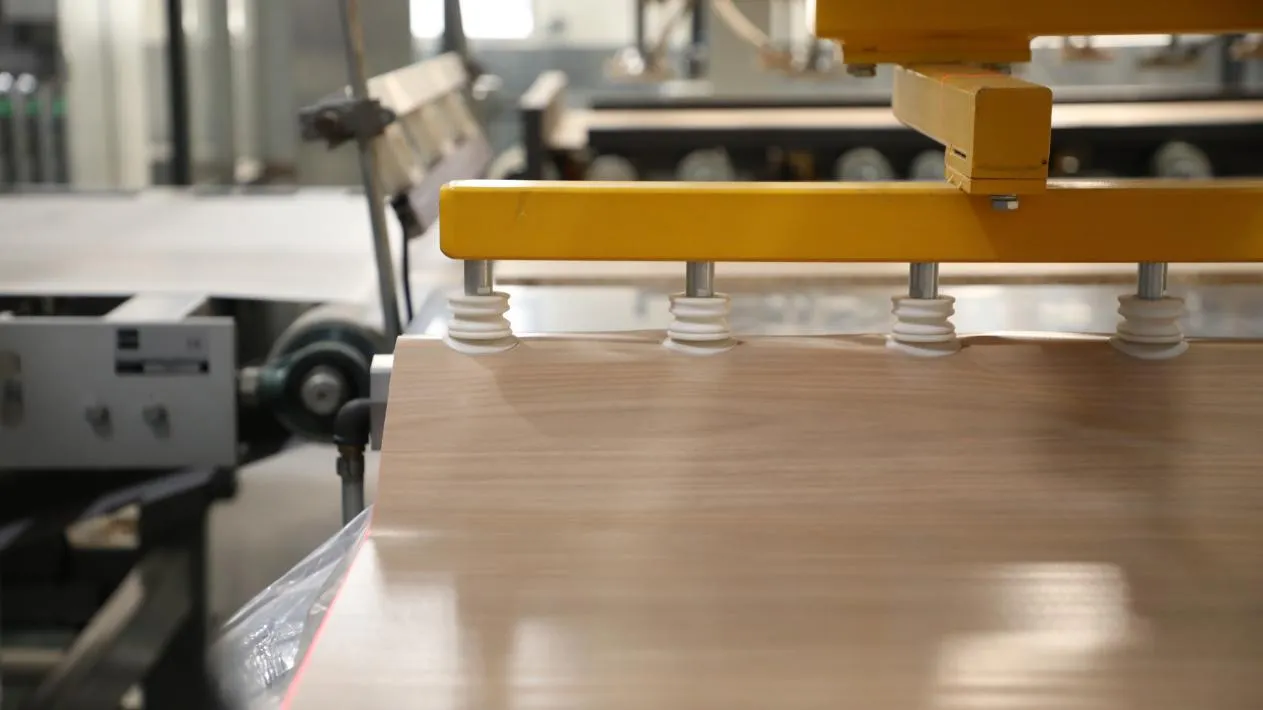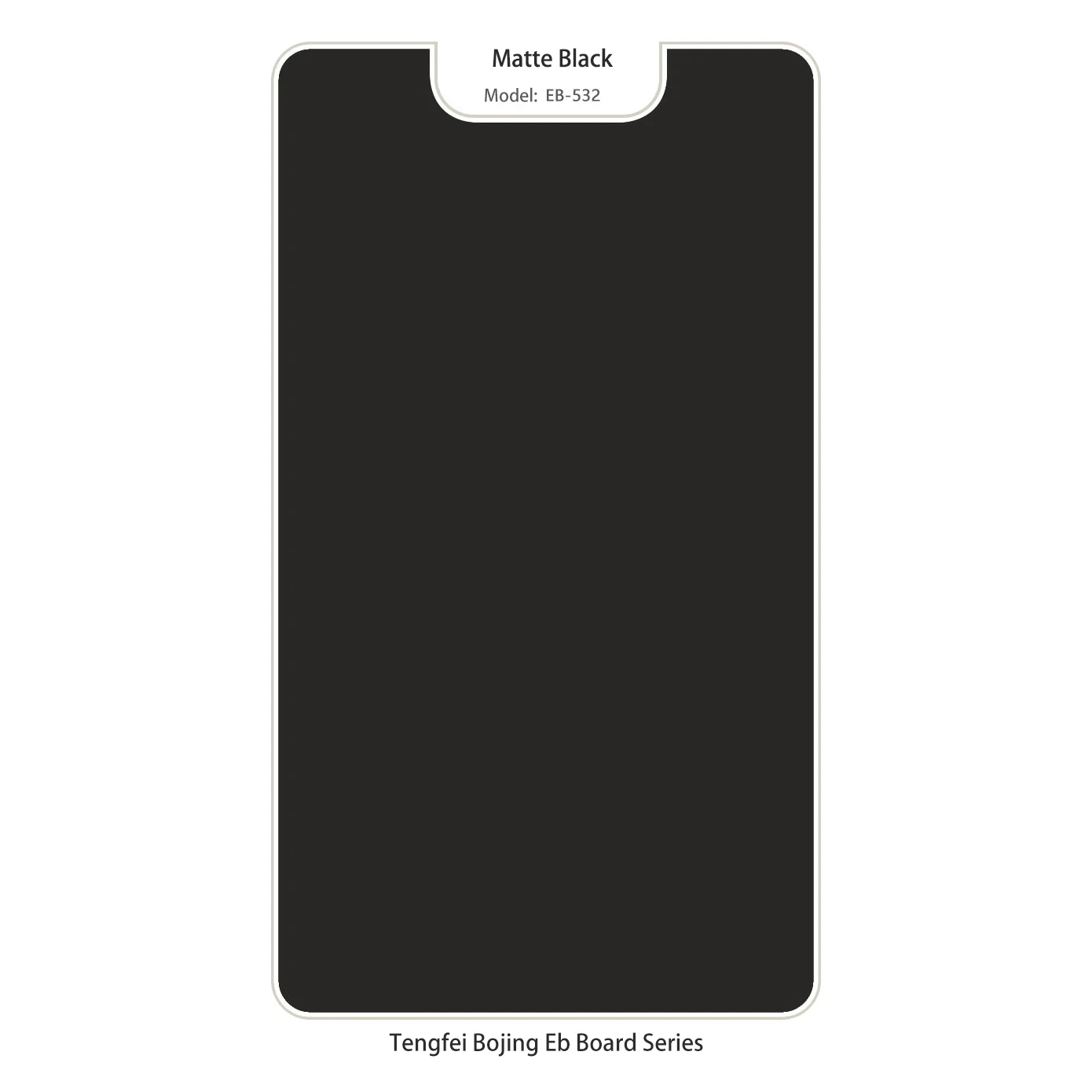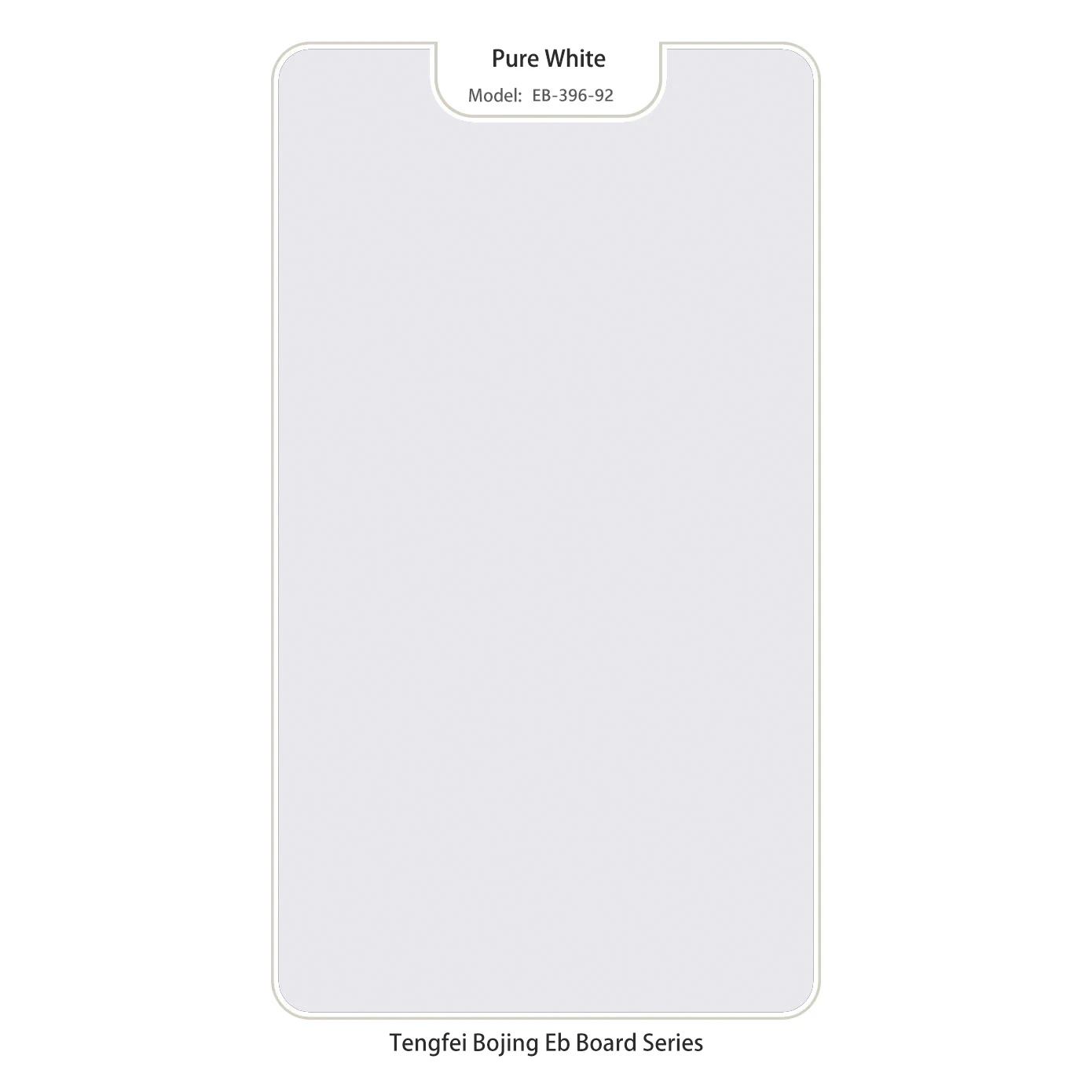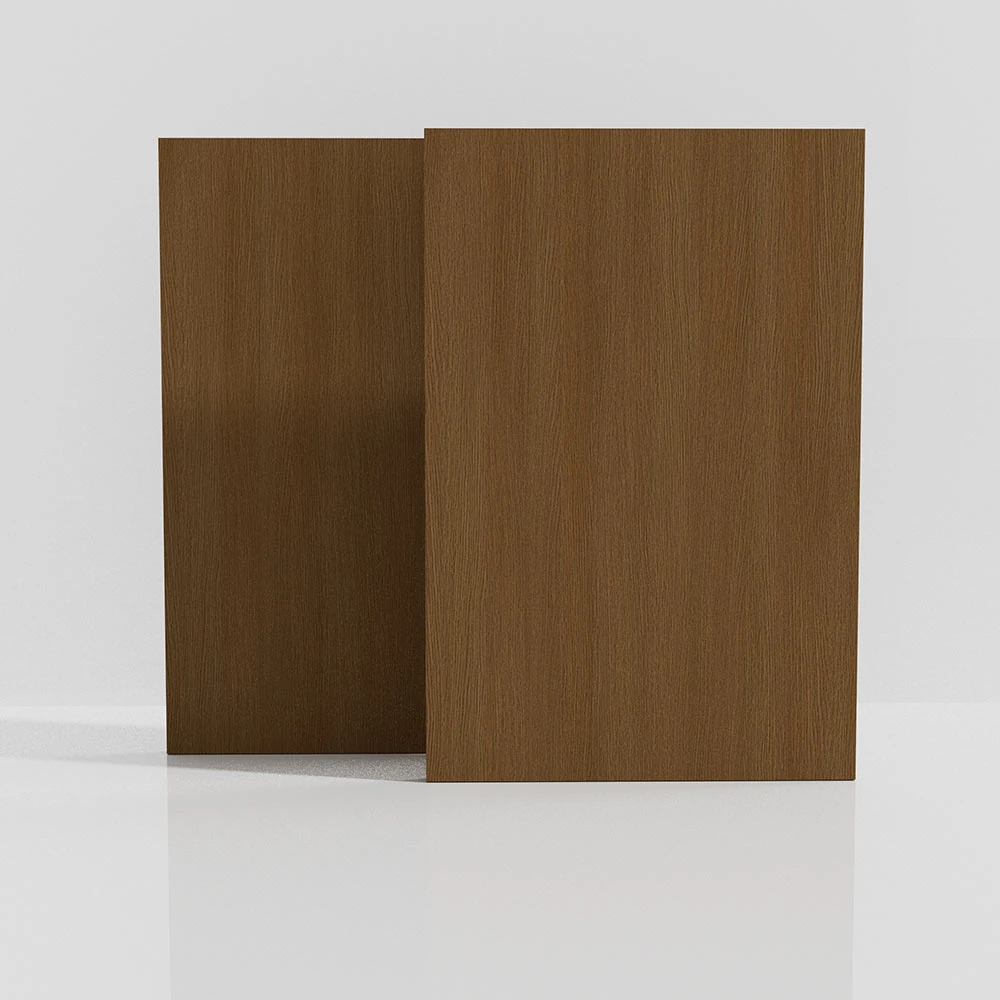Wood veneer has long been celebrated for its ability to combine the natural beauty of wood with enhanced versatility and cost-effectiveness. Whether you are a DIY enthusiast, furniture maker, or interior designer, understanding the wood veneer process and the nuances of different applications can transform your projects. From adding veneer to plywood to applying wood veneer to MDF, this timeless technique elevates ordinary surfaces into stunning, durable masterpieces.

Understanding the Advantages of Adding Veneer to Plywood in Modern Craftsmanship
When considering surface finishing options, adding veneer to plywood stands out as a preferred method that balances aesthetic appeal and structural integrity. Plywood serves as a robust substrate, providing strength and stability, while the veneer overlay delivers the natural wood grain finish that designers and homeowners desire. This combination allows for intricate wood veneer design possibilities that are otherwise impossible with solid wood alone, making it ideal for furniture, cabinetry, and architectural panels.
Mastering the Technique of Applying Wood Veneer to MDF for Smooth, Elegant Results
Medium-density fiberboard (MDF) is an economical and smooth base material favored in many woodworking projects, yet it lacks natural grain and texture. Applying wood veneer to MDF can overcome this limitation by imparting the warmth and character of real wood without the cost or environmental impact. The process requires precision in surface preparation and adhesive selection to ensure the veneer adheres properly and withstands daily use. When done correctly, this technique achieves the appearance of solid wood with enhanced durability.
Exploring Different Types of Veneers Wood to Match Every Design Vision
One of the most exciting aspects of wood veneers is the variety offered by розныя віды драўлянага шпону. From traditional hardwoods like oak, cherry, and walnut to exotic species such as zebrawood and rosewood, each veneer type brings unique colors, grains, and textures. This diversity enables designers to customize the look and feel of their projects, mixing veneers or pairing them with various substrates for creative effects. Understanding these options expands the possibilities for personalized, luxurious finishes.
Integrating Aesthetic and Functionality in Wood Veneer Design
Beyond simply covering a surface, wood veneer design incorporates patterns, grain orientation, and finishing techniques to enhance the visual impact of a piece. Techniques such as bookmatching, slip-matching, and parquetry utilize veneer sheets to create symmetrical and repetitive patterns that amplify the natural beauty of wood. Combining these methods with modern finishes and textures ensures that every project is both a functional piece and a work of art.
Step-by-Step Overview of the Wood Veneer Process for Consistent Quality
Achieving flawless veneer application requires careful attention to the wood veneer process, which begins with selecting quality veneer sheets and preparing the substrate. This is followed by applying the correct adhesive and using pressing techniques—such as vacuum pressing or roller pressing—to bond the veneer securely. Proper sanding and finishing seal the surface, protecting the veneer and enhancing its durability. Familiarity with each step is critical to avoid common issues like bubbling, peeling, or warping.
How Does Adding Veneer to Plywood Affect Longevity and Appearance?
Adding veneer to plywood improves both the lifespan and aesthetics of furniture and architectural elements by protecting the underlying layers and offering a genuine wood appearance that can be polished and refinished over time.
What Are the Best Practices for Applying Wood Veneer to MDF?
Best practices include thorough cleaning and sanding of MDF surfaces, selecting compatible adhesives, and ensuring even pressure during application to avoid air pockets or uneven edges.
How Can Different Types of Veneers Wood Influence Project Outcomes?
Each wood veneer species offers different visual effects and physical properties, impacting the color scheme, texture, and resilience of the final piece.
Wood Veneer Techniques FAQs
Q: Is adding veneer to plywood a cost-effective way to achieve a solid wood look?
A: Absolutely. Veneered plywood combines the affordability and stability of plywood with the elegance of real wood grain, providing a budget-friendly yet high-end finish.
Q: Can I apply wood veneer to MDF myself, or should I hire a professional?
A: While skilled DIYers can achieve good results with the right tools and materials, professional application guarantees uniform adhesion and finish quality, especially for large or high-use surfaces.
Q: What types of wood veneers are best for kitchen cabinetry?
A: Hardwoods like oak, maple, and cherry are popular due to their durability and attractive grains, but choices depend on the desired aesthetic and usage conditions.
Q: How long does the wood veneer process take from start to finish?
A: The duration varies depending on project size and drying times for adhesives and finishes but typically ranges from a few hours for small pieces to several days for complex furniture.
Q: Are wood veneer designs customizable for modern and traditional interiors?
A: Yes, the flexibility of veneer patterns and finishes allows them to complement any design style, from sleek contemporary to classic traditional.



